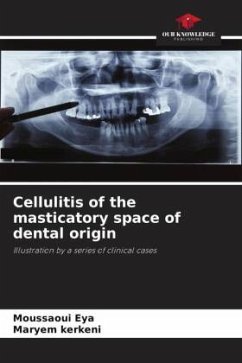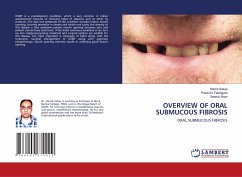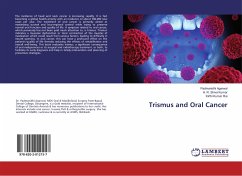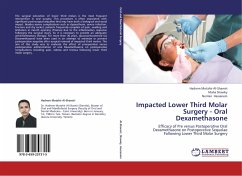the masticatory space belongs to the deep spaces of the face and contains four masticatory muscles (the masseter muscle, the medial pterygoid muscle, the lateral pterygoid muscle and the temporal muscle), the ascending ramus and the posterior portion of the mandibular body. Infection of this space from an oral-dental infection site constitutes a moderate degree of severity that can be severe due to the anatomical proximity of this space to the airway and the base of the skull.The diagnosis of the infection of this space is clinical increased by the installation of a swelling, a tight trismus and intense pains but can be confirmed only by the CT which characterizes the nature of the lesion as well as its extension at the level of the regions of neighborhood.The treatment is generally medical-surgical with a good prognosis provided that the diagnosis is made correctly at an early stage and the causative agent is treated appropriately.
Bitte wählen Sie Ihr Anliegen aus.
Rechnungen
Retourenschein anfordern
Bestellstatus
Storno








